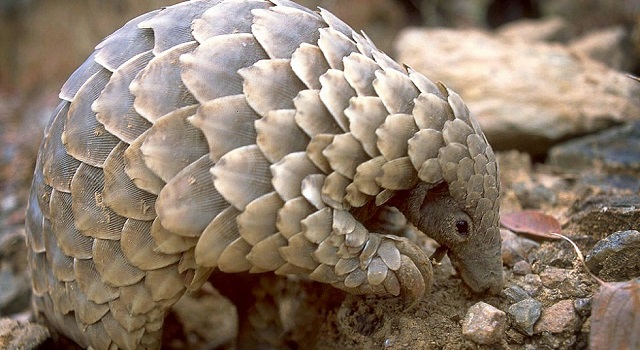
Kampala, Uganda | THE INDEPENDENT | The COVID-19 pandemic has proven that wildlife crime is a threat not only to the environment but to human health.
The Wildlife Crime Report 2020, which was released yesterday points out that the poachers have increasingly threatened pangolins, birds, turtles, tigers and bears which are poached from their natural habitat, butchered and sold illegally.
As a result, the report adds, the world is threatened with zoonotic diseases – those caused by pathogens that spread from animals to humans. Such zoonotic diseases represent up to 75 percent of all emerging infectious diseases and include the new coronavirus that caused the global pandemic.
“Products offered from the trafficked species for human consumption by definition escape any hygiene or sanitary control posing even greater risks of infectious diseases,” the report reads. Pangolins which were identified as a potential source of coronaviruses are the most trafficked wild mammals in the world with seizures of pangolin scales having increased tenfold between 2014 and in 2018.
The report draws heavily on UNODC’s World WISE database, which contains almost 180,000 seizures from 149 countries and territories. The database shows that nearly 6,000 species have been seized between 1999-2019, including not only mammals but reptiles, corals, birds, and fish.
Although it identified no single country as the source of more than 9 percent of the total number of seized shipments, suspected traffickers represented roughly 150 nationalities, underscoring the global nature of these crimes.
“Transnational organized crime networks are reaping the profits of wildlife crime but it is the poor who are paying the price,” said Ghada Waly, the Executive Director at the UN Office on Drugs and Crime (UNODC) which produced the report.
The report also analyzes markets for illicit rosewood, ivory, rhino horn, pangolin scales, live reptiles, big cats and the European eel. Trends show that demand for African ivory and rhino horn is in decline indicating that the market for them is smaller than previously suggested. It is estimated that these two items generated more than USD 600 million annually between 2016 and 2018.
At the same time, seizures of tiger products have also been on the rise alongside traffickers’ interest in other big cat parts that can serve as substitutes. Wildlife trade has also gone digital with traffickers selling live reptiles and tiger bone products among other products through online platforms and encrypted messaging apps.
UNODC believes stopping wildlife crime is critical to protecting biodiversity and the rule of law but also for preventing future public health emergencies. The report outlines the need for stronger criminal justice systems and improved international cooperation and cross-border investigations among other measures.
“The 2020 World Wildlife Crime Report can help to keep this threat high on the international agenda and increase support for governments to adopt the necessary legislation and develop the inter-agency coordination and capacities needed to tackle wildlife crime offences.”
*****
URN
 The Independent Uganda: You get the Truth we Pay the Price
The Independent Uganda: You get the Truth we Pay the Price



